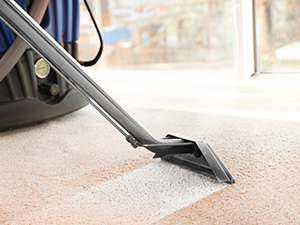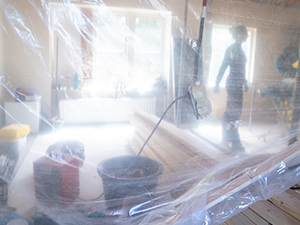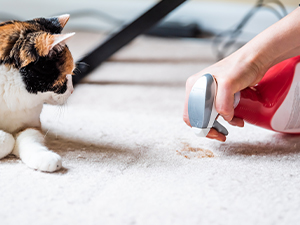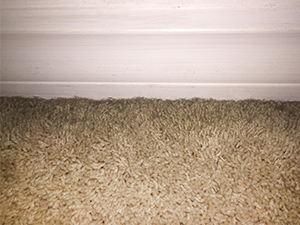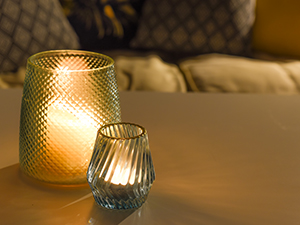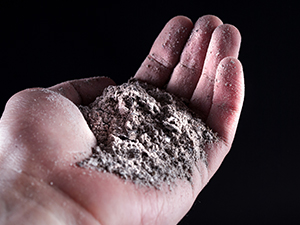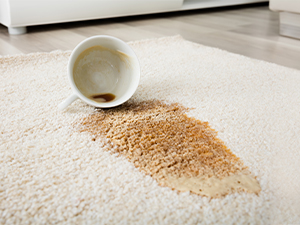People who love carpeting will attest to its cozy elegance. Although most carpet lovers understand that carpets need extra attention from time to time, many underestimate the value of periodic services from a professional carpet cleaner. Here are the top three reasons professional carpet cleaning should be a part of every homeowner’s regular deep cleaning list or building manager’s maintenance schedule.
1. Better Indoor Air Quality
Indoor air pollutants have been ranked among the top five environmental risks to public health, according to the EPA, and there has been an increase in the number of children with severe allergies and asthma. An EPA report to Congress on indoor air quality reports that the average American spends about 90 percent of their time inside. Carpets act like a giant air filter, collecting dust and dander, allergens, and germs. One might reason that having carpets is a bad idea. In reality, the bad idea is having dirty carpets. Carpets that are regularly vacuumed and professionally cleaned provide both better indoor air quality and clean, fresh, welcoming flooring.
TIPS: To maintain optimal air quality between professional carpet cleanings, vacuum regularly with a vacuum cleaner equipped with a HEPA filter to stop the spread of allergens. Change your HVAC filter regularly, as well.
2. Fresh, Clean, Welcoming Carpets
You want your family and guests or patrons and employees to feel comfortable in your home or business. Professional deep cleaning removes more deeply embedded contaminants than vacuuming ever will and leaves your carpets not only clean and fresh, but sanitized. To keep your carpet at its best through chips and dip, red wine and soda, and standard every-day traffic, you may also want to consider having a protective treatment applied. Some carpets will not require it, others may. Your carpet cleaning professional can advise you.
TIPS: Daily vacuuming is advisable in homes with pets or businesses with a lot of foot traffic. Otherwise vacuum twice or more per week. Treats spills and spots right away, and consult with your carpet cleaning professional for any spill or spot you are unable to remove.
3. Prevent Premature Wear
Having your carpets professionally cleaned on a regular basis can help prevent premature wear. Here’s why. Dirt, grit, and other substances get deeply embedded in the fibers and backing of your carpet where vacuums can’t reach. When people walk on the carpet, these contaminants act like tiny shards of glass cutting and damaging your carpet. You may not notice the damage right away. It happens little by little over the course of time. If you are diligent about keeping your carpet clean, you prevent the damage, and your carpet lasts as long as it was designed to last.
TIPS: Vacuum often. Do not wait until your carpet looks dirty to vacuum. Place high quality rugs and mats at all entryways to trap some of the grit and dirt before it ends up on your carpeting. If appropriate, ask visitors to remove their shoes before they enter.
If you have not already done so, create a schedule with your carpet cleaning professional to keep you on track with proper carpet care. Life is busy! We can send you reminders when it’s time. If you have questions about the carpeting in your home or business, contact us today.
This article is one of a series of articles written and published on behalf of Surface Care PROS Partners.

